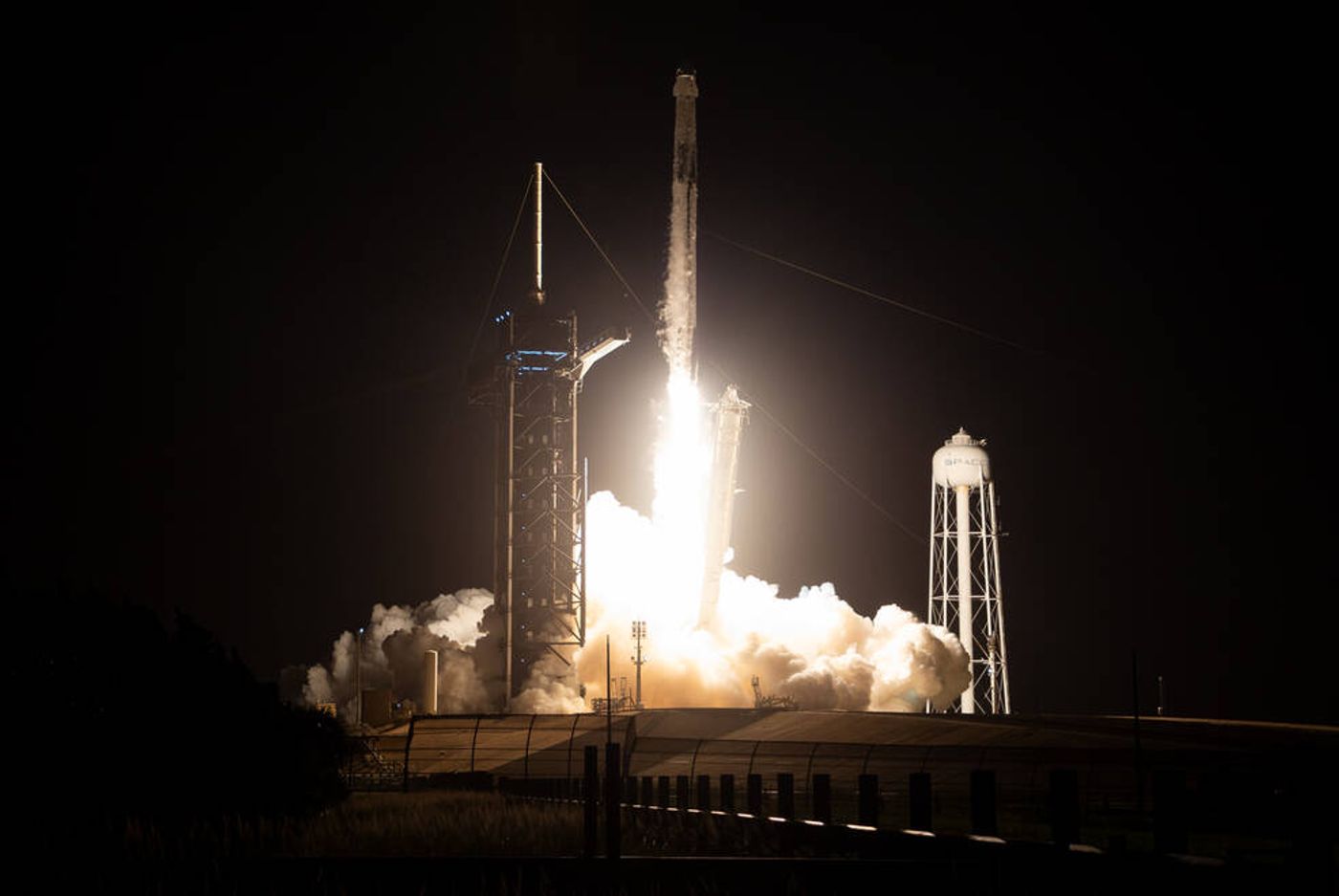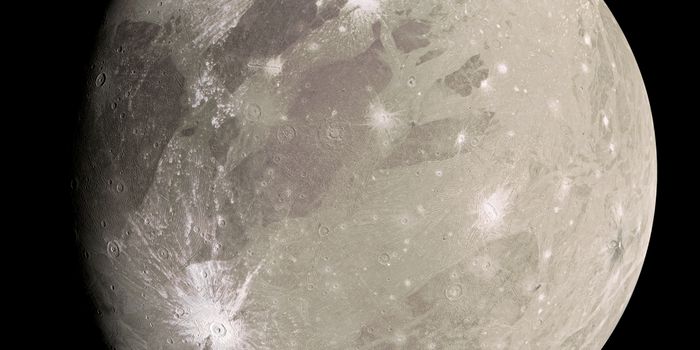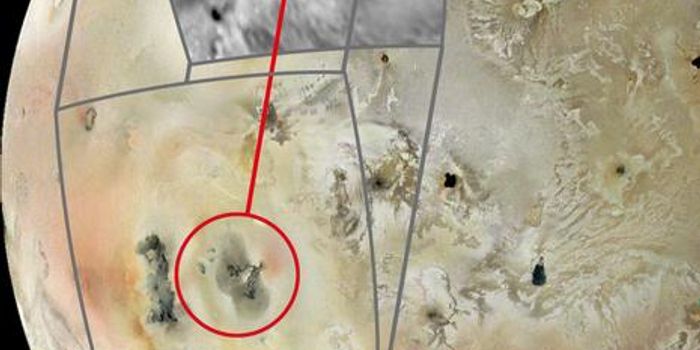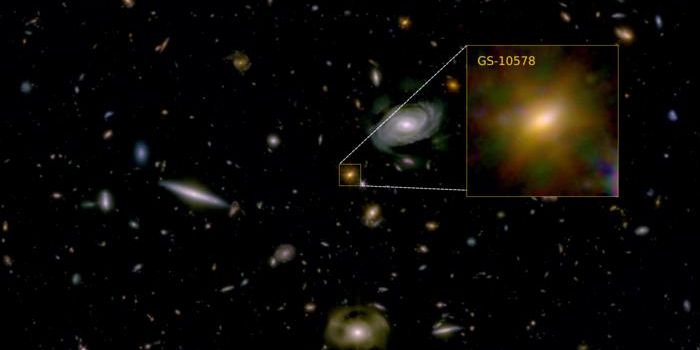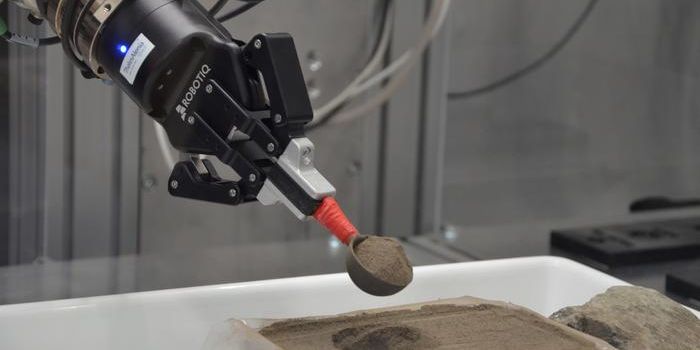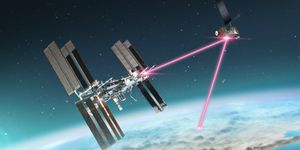SpaceX Crew-7 Launches and Successfully Docks to International Space Station
The seventh SpaceX commercial crew mission, Crew-7, to the International Space Station (ISS) blasted off from NASA’s Kennedy Space Center on August 26th at 3:27 am EDT (12:27 am PDT) carrying a four-person crew with each astronaut representing a different organization and country. These include Commander Jasmin Moghbeli (NASA, United States), Pilot Andreas Mogensen (European Space Agency, Denmark), Mission Specialist Satoshi Furukawa (JAXA, Japan), and Mission Specialist Konstantin Borisov (Roscosmos, Russia). This nighttime launch was followed by a successful docking to the ISS the following day, and Crew-7 is scheduled to remain on the ISS for a six-month duration with a scheduled splashdown occurring sometime in the first quarter of 2024.
NASA’s SpaceX Crew-7 blasted off to the International Space Station (ISS) from NASA’s Kennedy Space Center on August 26, 2023 carrying NASA astronaut Jasmin Moghbeli, ESA (European Space Agency) astronaut Andreas Mogensen, Japan Aerospace Exploration Agency (JAXA) astronaut Satoshi Furukawa, and Roscosmos cosmonaut Konstantin Borisov for a six-month stay on the ISS. (Credit: NASA/Joel Kowsky)
“Crew-7 is a shining example of the power of both American ingenuity and what we can accomplish when we work together,” NASA Administrator Bill Nelson said in an official NASA statement. “Aboard station, the crew will conduct more than 200 science experiments and technology demonstrations to prepare for missions to the Moon, Mars, and beyond, all while benefiting humanity on Earth. By partnering with countries around the world, NASA is engaging the best scientific minds to enable our bold missions, and it’s clear that we can do more – and we can learn more – when we work together.”
During their mission, Crew-7 will perform a myriad of scientific experiments, including investigating the psychological characteristics for astronauts throughout their sleep on long-term spaceflights, conducting the first study regarding how the human body responds to various periods of time during spaceflight, and gathering microbial samples from the external surfaces of the ISS. These studies continue the longstanding goal of gaining better insight into long-term human spaceflight in microgravity, which will be pertinent for the upcoming Artemis missions to the Moon, and possibly sending humans to Mars, someday.
“The International Space Station is an incredible science and technology platform that requires people from all around the world to maintain and maximize its benefits to people on Earth,” said Ken Bowersox, who is the associate administrator for the Space Operations Mission Directorate at NASA Headquarters in Washington DC. “It’s great seeing Crew-7 launch with four crew members representing four countries who will live and work on humanity’s home in space as we continue the nearly 23 years of a continuous human presence aboard the microgravity laboratory.”
Crew-7 is the latest edition to the long and rich history of the ISS hosting close to 300 astronauts from countries all over the world and conducting scientific experiments to improve humankind for the future, both in space and on Earth. These countries include the United States, Russia, Japan, Canada, Italy, France, Germany, United Arab Emirates, Saudi Arabia, Belgium, Brazil, Denmark, Great Britain, Israel, Kazakhstan, Malaysia, Netherlands, South Africa, South Korea, Spain, and Sweden.
As always, keep doing science & keep looking up!
Sources: NASA, NASA (1), European Space Agency, JAXA, Wikipedia, SpaceNews, NASA (2), NASA (3), NASA (4), NASA (5), NASA (6)
